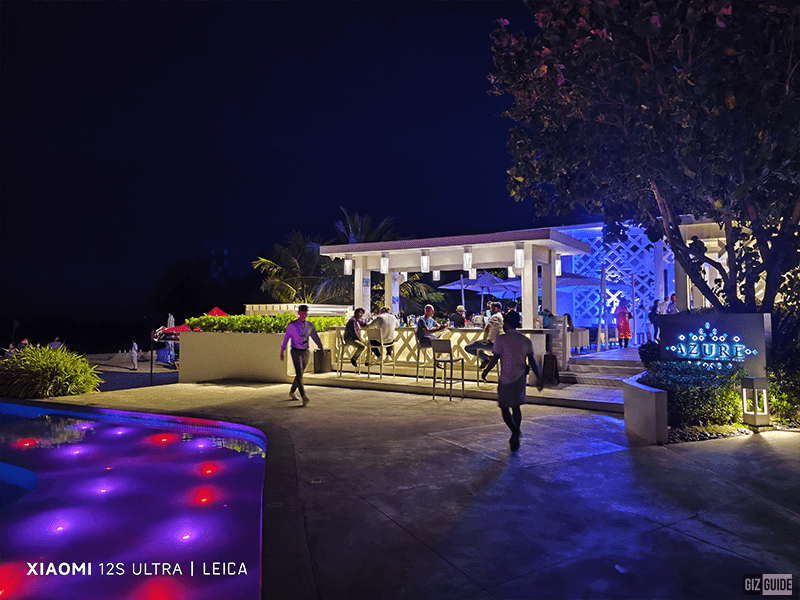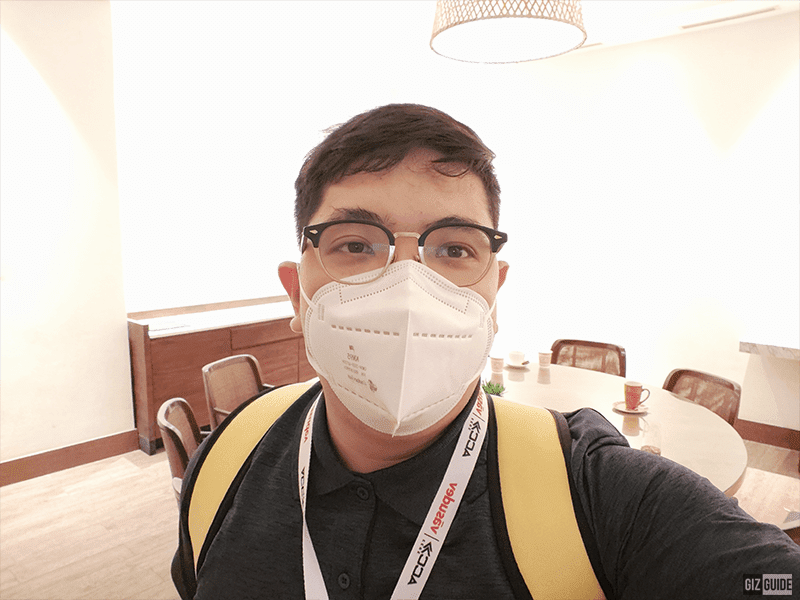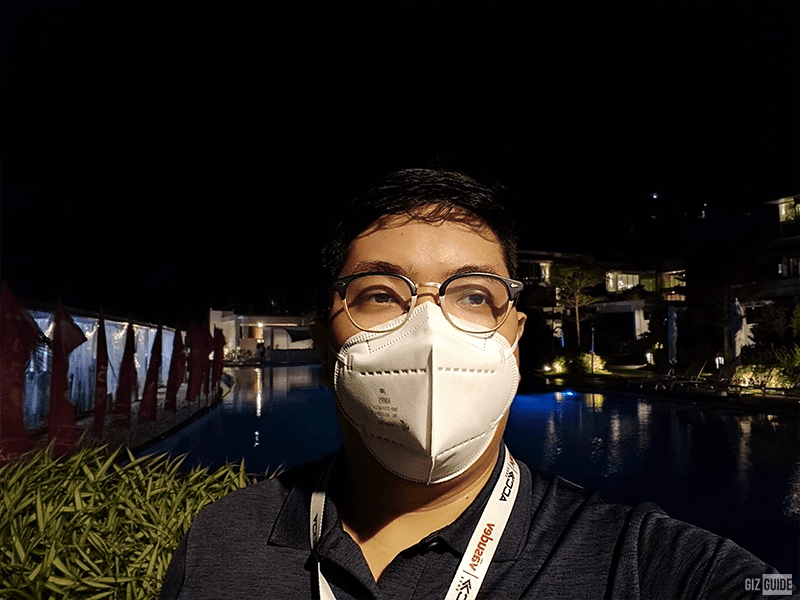.gif)
We share our first camera samples with the Xiaomi 12S Ultra. The first Xiaomi with Leica co-engineered cameras.
 |
| Massive camera module |
To recap, Xiaomi and Leica caused a massive stir when they announced their partnership months ago. Months later, we got to try the first ever Xiaomi smartphone with Leica co-engineered cameras.
Anyway, the new Xiaomi 12S Ultra features the latest 4nm Snapdragon 8+ Gen 1 octa-core processor. The massive rear camera module comes with a 50.3MP f/1.9 primary camera with a 1-inch Sony IMX989 sensor with an 8P Aspherical lens, a 48MP f/2.2 ultra-wide camera with a Sony IMX586 and a 48MP f/4.1 5x zoom Periscope camera with an LED flash.
While on the punch hole is the front-facing 32MP f/2.45 selfie camera.
The stock camera app comes with two main filters called the Leica Authentic and the Leica Vibrant. It also includes the following modes: Photo, Video, Portrait, Documents, Pro, and Night, Panorama, Time-lapse, AI watermark, Multi-cam, Short Video, Slow Motion, Movie Effects, Supermoon, 50MP, VLOG, Sticker Avatar, Long Exposure, and Clone.
The Pro mode allows for control of White Balance, Focus, Shutter Speed (1/4000th of a sec -30 secs), ISO (50-12800), and EV (+-4). Users can switch between the 1x, 5x, and ultra-wide when using the Pro mode.
The following images were taken from Boracay island, Philippines.
Let's dive in.
Rear Camera Samples
The daylight images are impressive out of the box. We only have two concerns. The first is that the ultra-wide camera's daylight images could be sharper given that it uses a 48MP sensor and the second is that the 120X zoom is mostly unusable even under sunlight.
 |
| Rear camera close-up |
The close-up image is sharp but what impressed us is the separation between the subject, foreground and background and the beautiful bokeh produced. The transition between the out-of-focus and in-focus areas is soft too. Lastly
 |
| Rear indoors 1x |
 |
| Rear indoors 5x |
 |
| Rear Indoors ultra-wide |
The story is the same indoors. All three cameras produced impressive results, especially the 5x Telephoto camera. It is one of the best images produced we've seen on a periscope given the lighting conditions and the fast moving subject was moving.
 |
| Rear lowlight 1x |
 |
| Rear lowlight 5x |
 |
Rear lowlight ultra-wide
|
The low light images from the three rear cameras are also impressively clean. Minimal noise on all three cameras. However, the night mode still managed to improve the sharpness, color, and exposure while reducing the noise even further.
Overall, the cameras are impressive with minor concerns.
Selfie Camera Samples
 |
| Daylight Selfie |
 |
| Portrait Selfie |
 |
| Indoor selfie |
 |
| Selfie lowlight |
As you can see from the selfie images, the images are sharp because of the 32MP sensor but because of the high pixel count and the f/2.45 aperture, the images are prone to overexposure when there is a bright light source and it is prone to noise in low light. However, the noise can be vastly reduced with the Night Mode selfie.
The selfie camera is good but not as impressive as the rear cameras.
Quick thoughts
 |
| Front facing camera |
The images from the rear and front-facing cameras of the Xiaomi 12S Ultra are very good but with minor nitpicks.
Let's talk about the selfie camera first. It does produce sharp selfies because of the 32MP sensor but because of the high pixel density and the f/2.45 aperture, it is prone to overexposure and noise in low light.
While the rear primary camera consistently produced one of the best images the phone can take. They are sharp, detailed, and vibrant.
The ultra-wide camera does produce images with good color and contrast but it never felt 48MP sharp. We hope that firmware updates would refine the sharpness and detail, especially when zooming in.
Lastly, the 5x periscope camera. We feel that these are the best implementation of a periscope camera as it manages to take sharp, detailed, and vibrant images even when the subject is moving fast or when the situation is low light.
We love the cameras from the Xiaomi 12S Ultra but we can see that there is still a lot to improve. This is not a surprise as HUAWEI took three years to perfect the images produced with their cameras. This can be seen from the drastic improvement in the P20 Pro's images from the P10 and the P9.
We are very excited about Xiaomi's next Ultra smartphone which will be released globally.
What do you guys think?

.gif)









.gif)











Post a Comment